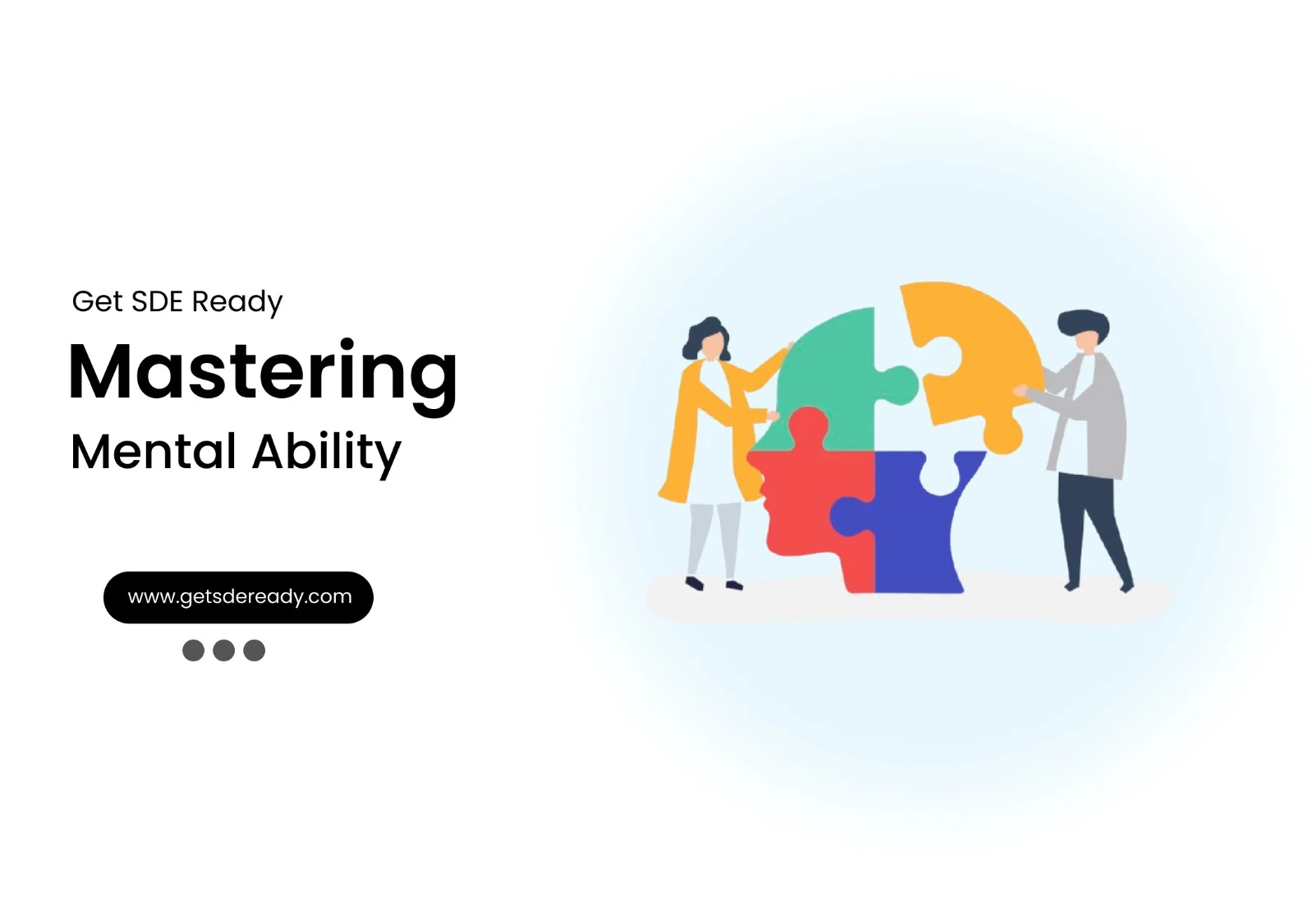Introduction to High-Level System Design
System Design Fundamentals
- Functional vs. Non-Functional Requirements
- Scalability, Availability, and Reliability
- Latency and Throughput Considerations
- Load Balancing Strategies
Architectural Patterns
- Monolithic vs. Microservices Architecture
- Layered Architecture
- Event-Driven Architecture
- Serverless Architecture
- Model-View-Controller (MVC) Pattern
- CQRS (Command Query Responsibility Segregation)
Scaling Strategies
- Vertical Scaling vs. Horizontal Scaling
- Sharding and Partitioning
- Data Replication and Consistency Models
- Load Balancing Strategies
- CDN and Edge Computing
Database Design in HLD
- SQL vs. NoSQL Databases
- CAP Theorem and its Impact on System Design
- Database Indexing and Query Optimization
- Database Sharding and Partitioning
- Replication Strategies
API Design and Communication
Caching Strategies
- Types of Caching
- Cache Invalidation Strategies
- Redis vs. Memcached
- Cache-Aside, Write-Through, and Write-Behind Strategies
Message Queues and Event-Driven Systems
- Kafka vs. RabbitMQ vs. SQS
- Pub-Sub vs. Point-to-Point Messaging
- Handling Asynchronous Workloads
- Eventual Consistency in Distributed Systems
Security in System Design
Observability and Monitoring
- Logging Strategies (ELK Stack, Prometheus, Grafana)
- API Security Best Practices
- Secure Data Storage and Access Control
- DDoS Protection and Rate Limiting
Real-World System Design Case Studies
- Distributed locking (Locking and its Types)
- Memory leaks and Out of memory issues
- HLD of YouTube
- HLD of WhatsApp
System Design Interview Questions
- Adobe System Design Interview Questions
- Top Atlassian System Design Interview Questions
- Top Amazon System Design Interview Questions
- Top Microsoft System Design Interview Questions
- Top Meta (Facebook) System Design Interview Questions
- Top Netflix System Design Interview Questions
- Top Uber System Design Interview Questions
- Top Google System Design Interview Questions
- Top Apple System Design Interview Questions
- Top Airbnb System Design Interview Questions
- Top 10 System Design Interview Questions
- Mobile App System Design Interview Questions
- Top 20 Stripe System Design Interview Questions
- Top Shopify System Design Interview Questions
- Top 20 System Design Interview Questions
- Top Advanced System Design Questions
- Most-Frequented System Design Questions in Big Tech Interviews
- What Interviewers Look for in System Design Questions
- Critical System Design Questions to Crack Any Tech Interview
- Top 20 API Design Questions for System Design Interviews
- Top 10 Steps to Create a System Design Portfolio for Developers
Data Structures and Algorithms
- Introduction to Data Structures and Algorithms
- Time and Space Complexity Analysis
- Big-O, Big-Theta, and Big-Omega Notations
- Recursion and Backtracking
- Divide and Conquer Algorithm
- Dynamic Programming: Memoization vs. Tabulation
- Greedy Algorithms and Their Use Cases
- Understanding Arrays: Types and Operations
- Linear Search vs. Binary Search
- Sorting Algorithms: Bubble, Insertion, Selection, and Merge Sort
- QuickSort: Explanation and Implementation
- Heap Sort and Its Applications
- Counting Sort, Radix Sort, and Bucket Sort
- Hashing Techniques: Hash Tables and Collisions
- Open Addressing vs. Separate Chaining in Hashing
- DSA Questions for Beginners
- Advanced DSA Questions for Competitive Programming
- Top 10 DSA Questions to Crack Your Next Coding Test
- Top 50 DSA Questions Every Programmer Should Practice
- Top Atlassian DSA Interview Questions
- Top Amazon DSA Interview Questions
- Top Microsoft DSA Interview Questions
- Top Meta (Facebook) DSA Interview Questions
- Netflix DSA Interview Questions and Preparation Guide
- Top 20 DSA Interview Questions You Need to Know
- Top Uber DSA Interview Questions and Solutions
- Google DSA Interview Questions and How to Prepare
- Airbnb DSA Interview Questions and How to Solve Them
- Mobile App DSA Interview Questions and Solutions
DSA Interview Questions
- DSA Questions for Beginners
- Advanced DSA Questions for Competitive Programming
- Top 10 DSA Questions to Crack Your Next Coding Test
- Top 50 DSA Questions Every Programmer Should Practice
- Top Atlassian DSA Interview Questions
- Top Amazon DSA Interview Questions
- Top Microsoft DSA Interview Questions
- Top Meta (Facebook) DSA Interview Questions
- Netflix DSA Interview Questions and Preparation Guide
- Top 20 DSA Interview Questions You Need to Know
- Top Uber DSA Interview Questions and Solutions
- Google DSA Interview Questions and How to Prepare
- Airbnb DSA Interview Questions and How to Solve Them
- Mobile App DSA Interview Questions and Solutions
Interview Preparation for Amazon, Google, and Microsoft in 2025
Landing a tech job at Amazon, Google, or Microsoft is a dream for many software engineers and developers. These companies offer innovative work environments, competitive salaries, and opportunities to impact billions of users. But with acceptance rates hovering around 1-3% overall—Amazon at about 2-3%, Google at 1%, and Microsoft at a staggering 0.35%—preparation is key to standing out. Whether you’re a recent graduate or an experienced professional, this guide will walk you through tailored strategies, real interview questions, and insider tips to boost your chances. To get started on your journey with exclusive free resources and the latest course updates on interview prep, sign up here for personalized guidance delivered straight to your inbox.
Understanding the Interview Processes
Each company’s hiring process is unique, reflecting their culture and priorities. While all emphasize technical skills, Amazon leans heavily on behavioral fit via its Leadership Principles, Google focuses on problem-solving depth, and Microsoft balances coding with practical application. Expect virtual interviews in 2025, with processes lasting 4-8 weeks on average.
Amazon’s Interview Process
Amazon’s process starts with an online application, followed by assessments testing coding, work style, and logic. Successful candidates move to 1-2 phone screens, then the “Loop”—an onsite (or virtual) series of 4-6 interviews lasting 45-60 minutes each. These include coding, system design for senior roles, and behavioral questions tied to 16 Leadership Principles like “Customer Obsession” and “Deliver Results.” According to a 2025 Medium post from an SDE interviewee, the process emphasizes real-world impact, with recruiters providing prep materials on principles. Statistically, only 20-40% of onsite candidates get offers, but thorough prep on principles can tip the scales.
Google’s Interview Process
Google begins with a resume screen and recruiter call, often followed by an online assessment on data structures and algorithms. Passing leads to 1-2 technical phone screens, then 3-5 onsite interviews covering coding, system design, and “Googleyness” (fit with values like innovation and collaboration). A 2025 Reddit thread from an L4 candidate described mock interviews and three technical rounds, with feedback loops for borderline cases. Google hires about 18% of onsite candidates, with 70% accepting offers, per Glassdoor data—though actual rates may be lower due to competition. Focus on explaining your thought process, as interviewers value clarity over perfection.
Microsoft’s Interview Process
Microsoft’s flow includes a Codility coding test, pre-recorded video interviews, and 3-4 technical/behavioral rounds, often virtual. For 2025 new grads, expect back-to-back 45-minute interviews with engineers, per Reddit experiences. Behavioral questions probe past challenges, while technical ones assess problem-solving. Success rates are low overall, but onsite yield is around 20-30%, with emphasis on coachability. A Medium post from a 2025 SDE II hire highlighted clear communication and brute-force starts as keys to success.
Technical Preparation: Coding and Algorithms
Coding interviews test your ability to solve problems efficiently. All three companies draw from LeetCode-style questions, focusing on arrays, trees, graphs, and dynamic programming. In 2025, expect medium-hard problems, with Google emphasizing algorithms, Amazon mixing in real-world scenarios, and Microsoft favoring practical implementations. Practice on platforms like LeetCode, where top patterns include sliding windows and two pointers.
To give you a head start, here are 30 real questions reported from recent interviews at these companies, with in-depth explanations and solutions. These were sourced from Glassdoor, Reddit, and GeeksforGeeks experiences in 2024-2025. I’ve grouped them by topic for easier study.
Array and String Questions
- Two Sum (Easy, Common at Google/Microsoft): Given an array of integers and a target, return indices of two numbers that add up to the target. Solution: Use a hash map to store complements. Time: O(n), Space: O(n). For [2,7,11,15] and target 9, map 2->0, then 7 complements to 2 (found at 0), return [0,1]. Edge: No duplicates assumed.
- Longest Substring Without Repeating Characters (Medium, Amazon/Google): Find the length of the longest substring without repeats. Solution: Sliding window with a set. Expand right, remove left if duplicate. Time: O(n). For “abcabcbb”, max=3 (“abc”).
- Container With Most Water (Medium, Microsoft): Given heights, find two lines forming max area with x-axis. Solution: Two pointers from ends, move shorter. Area = min(height[l],height[r]) * (r-l). Time: O(n).
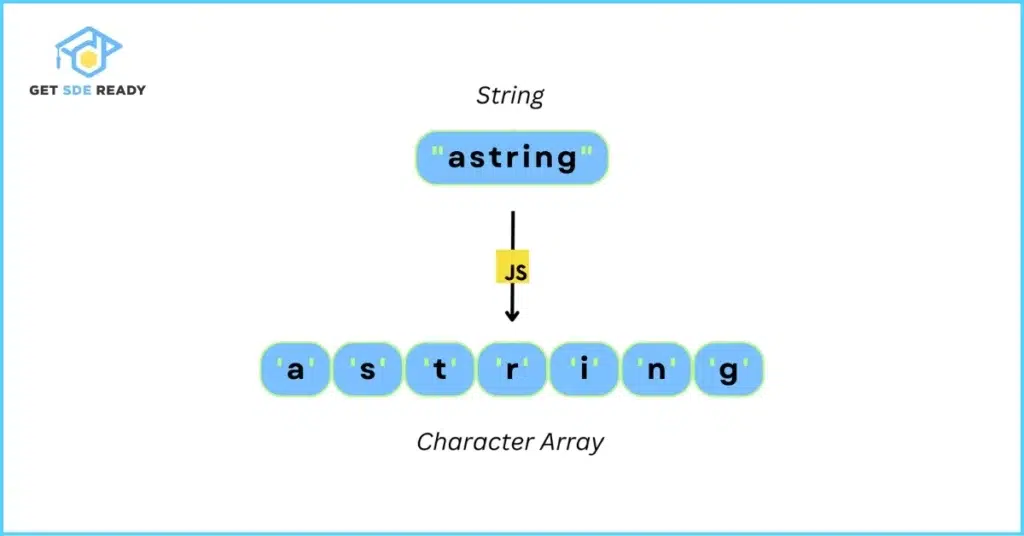
4. Sum (Medium, Amazon): Find unique triplets summing to zero. Solution: Sort array, fix i, two pointers for j,k. Skip duplicates. Time: O(n^2).
5. Product of Array Except Self (Medium, Google): Compute product except self without division. Solution: Prefix and postfix products. Time: O(n), Space: O(n).
Tree and Graph Questions
6. Invert Binary Tree (Easy, Google): Invert a binary tree. Solution: Recurse, swap left/right. Time: O(n).
7. Maximum Depth of Binary Tree (Easy, Microsoft): Find max depth. Solution: Recurse, max(left,right)+1. Time: O(n).
8. Validate Binary Search Tree (Medium, Amazon): Check if BST. Solution: Inorder traversal should be sorted, or recurse with min/max bounds.
9. Lowest Common Ancestor of BST (Easy, Google): Find LCA. Solution: Traverse, if both < root go left, else right.
10. Number of Islands (Medium, Amazon/Microsoft): Count islands in grid. Solution: DFS/BFS mark visited. Time: O(m*n).
Dynamic Programming Questions
11. Climbing Stairs (Easy, Google): Ways to climb n stairs (1/2 steps). Solution: DP[i] = DP[i-1] + DP[i-2]. Time: O(n).
12. House Robber (Medium, Amazon): Max rob without adjacent. Solution: DP[i] = max(DP[i-1], DP[i-2] + nums[i]).
13. Longest Increasing Subsequence (Medium, Microsoft): Find length. Solution: DP with binary search. Time: O(n log n).
14. Coin Change (Medium, Google): Min coins for amount. Solution: DP[amount] = min over coins.
15. Word Break (Medium, Amazon): If string breaks into words. Solution: DP[i] if substring[0:i] breakable.
Linked List Questions
16. Reverse Linked List (Easy, Microsoft): Reverse list. Solution: Iterative pointers. Time: O(n).
17. Merge Two Sorted Lists (Easy, Google): Merge. Solution: Dummy node, compare and link.
18. Cycle Detection (Easy, Amazon): Detect cycle. Solution: Floyd’s tortoise/hare.
19. Palindrome Linked List (Easy, Microsoft): Check palindrome. Solution: Reverse second half, compare.
20. Remove Nth Node From End (Medium, Google): Remove nth from end. Solution: Two pointers, gap n.
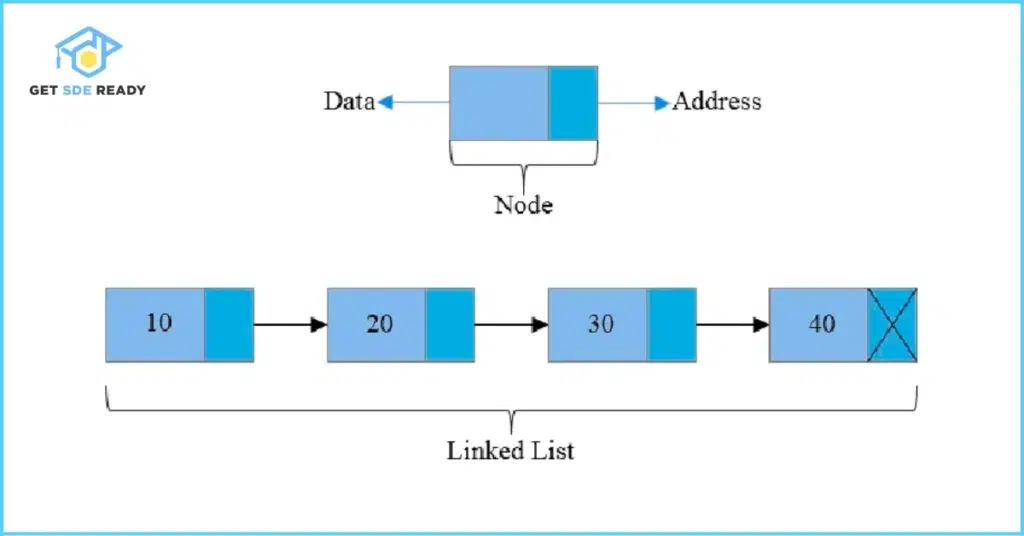
Heap and Priority Queue Questions
21. Kth Largest Element (Medium, Amazon): Find kth largest. Solution: Min-heap of size k.
22. Merge K Sorted Lists (Hard, Google): Merge. Solution: Min-heap with nodes.
23. Top K Frequent Elements (Medium, Microsoft): Top k frequent. Solution: Counter + heap.
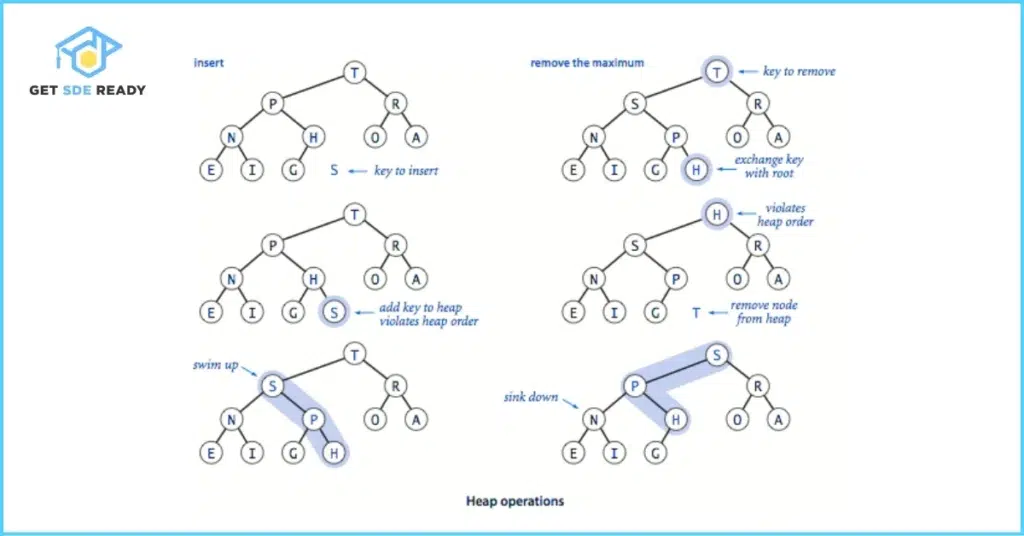
Graph and BFS/DFS Questions
24. Course Schedule (Medium, Amazon): Detect cycle for courses. Solution: Topological sort/Kahn’s.
25. Word Ladder (Hard, Google): Shortest transform sequence. Solution: BFS with wildcards.
26. Pacific Atlantic Water Flow (Medium, Microsoft): Cells flow to both oceans. Solution: DFS from edges.
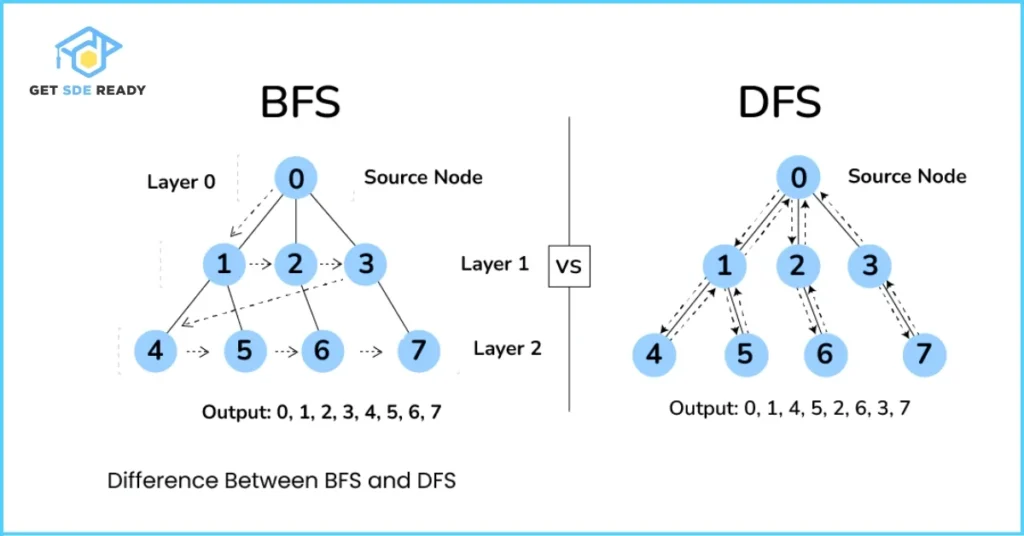
Miscellaneous Questions
27. Trapping Rain Water (Hard, Amazon): Compute trapped water. Solution: Two pointers or stack.
28. LRU Cache (Medium, Google): Design LRU. Solution: Dict + doubly linked list.
29. Serialize/Deserialize Binary Tree (Hard, Microsoft): Codec. Solution: Preorder traversal.
30. Median of Two Sorted Arrays (Hard, Amazon/Google): Find median. Solution: Binary search partition. Time: O(log(min(m,n))).
For comprehensive practice, check out our DSA course to master these patterns.
Behavioral Interview Strategies
Behavioral questions reveal how you handle real scenarios. Use the STAR method (Situation, Task, Action, Result) for structured answers.
Key Questions and Tips
- Tell me about a time you failed (Amazon/Google/Microsoft): Focus on learnings. Example: “I missed a deadline due to scope creep; I implemented better scoping, improving on-time delivery by 20%.”
- Describe a challenging project (All): Highlight collaboration. Per a 2025 Amazon interviewee, tie to “Bias for Action.”
- How do you prioritize tasks? (Amazon): Use principles like “Ownership.”
Aim for 10-15 stories covering failures, innovations, and teamwork. Practice with our crash course.
System Design Preparation
For mid-senior roles, design scalable systems. Amazon focuses on customer-centric, Google on efficiency, Microsoft on reliability.
Tips and Examples
- Clarify requirements, estimate scale (e.g., QPS).
- Example: Design Twitter—API, database sharding, caching.
- Practice: “Design a URL shortener” or “E-commerce system.”
Explore our Master DSA, Web Dev, System Design course for mocks.
Practice Strategies and Resources
- Daily LeetCode: 5-10 problems.
- Mock interviews: Platforms like Pramp.
- Resources: Grokking the System Design Interview.
For web dev roles, try our Web Development course. Data science? Check Data Science course.
Common Mistakes to Avoid
- Ignoring behavioral prep: 50% of decisions hinge here.
- Poor communication: Explain code aloud.
- Neglecting edge cases: Always test.
Conclusion
Preparing for Amazon, Google, or Microsoft interviews demands dedication, but with structured practice, you can succeed. Start today—review processes, grind coding, and refine stories. Ready to level up? Sign up for free updates and transform your career.
FAQs
What are the key coding patterns for FAANG interviews in 2025?
Essential patterns include sliding windows, two pointers, dynamic programming, and graph traversal for efficient problem-solving in tech interviews.
How to prepare for Amazon Leadership Principles questions?
Focus on STAR stories aligned with principles like Customer Obsession; practice real scenarios from past experiences for behavioral interview success.
What system design topics are common at Google and Microsoft?
Topics like designing scalable APIs, databases, and caching systems; emphasize trade-offs in reliability and performance for software engineering roles.
How long does the Microsoft interview process take in 2025?
Typically 4-6 weeks, including Codility tests, technical screens, and behavioral rounds for developer positions.
Best resources for data structures and algorithms prep?
LeetCode, GeeksforGeeks, and structured courses covering arrays, trees, and DP for cracking tech company coding rounds.
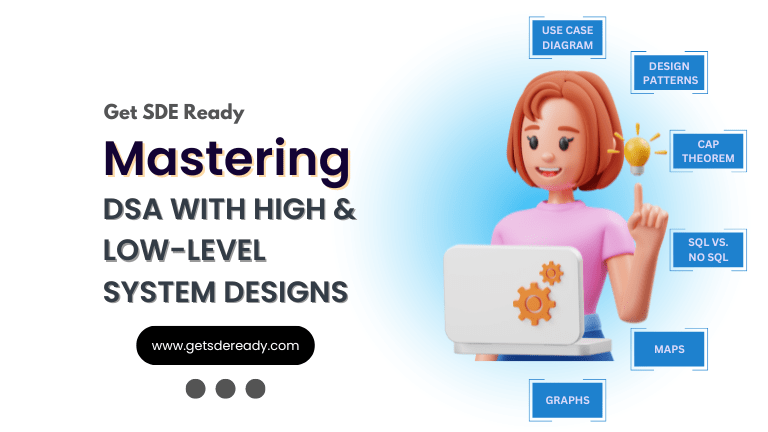
DSA, High & Low Level System Designs
- 85+ Live Classes & Recordings
- 24*7 Live Doubt Support
- 400+ DSA Practice Questions
- Comprehensive Notes
- HackerRank Tests & Quizzes
- Topic-wise Quizzes
- Case Studies
- Access to Global Peer Community
Buy for 52% OFF
₹25,000.00 ₹11,999.00
Accelerate your Path to a Product based Career
Boost your career or get hired at top product-based companies by joining our expertly crafted courses. Gain practical skills and real-world knowledge to help you succeed.
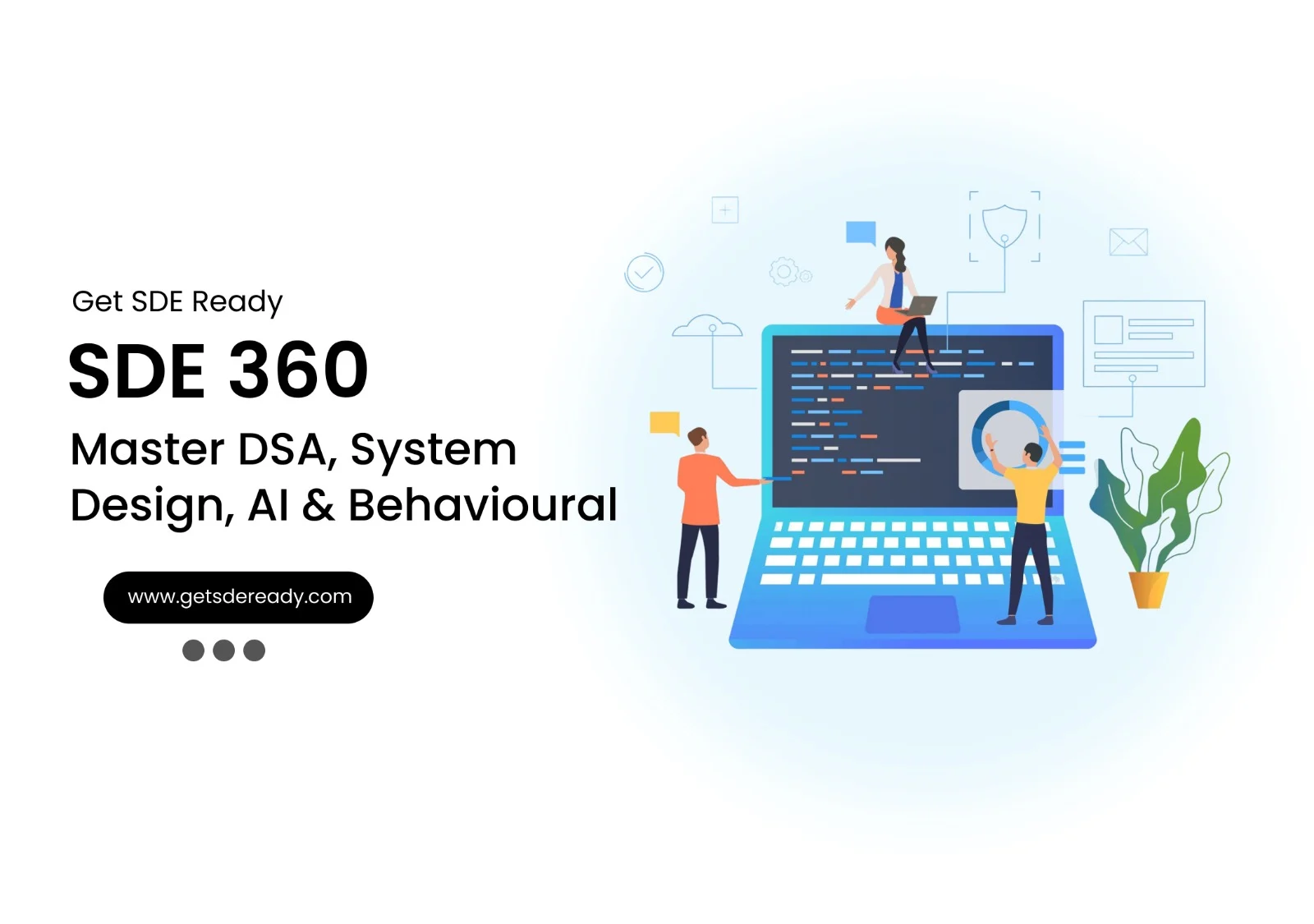
SDE 360: Master DSA, System Design, AI & Behavioural
- 100+ Live Classes & Recordings
- 24*7 Live Doubt Support
- 400+ DSA Practice Questions
- Comprehensive Notes
- HackerRank Tests & Quizzes
- Topic-wise Quizzes
- Case Studies
- Access to Global Peer Community
Buy for 50% OFF
₹39,999.00 ₹19,999.00

DSA, High & Low Level System Designs
- 85+ Live Classes & Recordings
- 24*7 Live Doubt Support
- 400+ DSA Practice Questions
- Comprehensive Notes
- HackerRank Tests & Quizzes
- Topic-wise Quizzes
- Case Studies
- Access to Global Peer Community
Buy for 52% OFF
₹25,000.00 ₹11,999.00
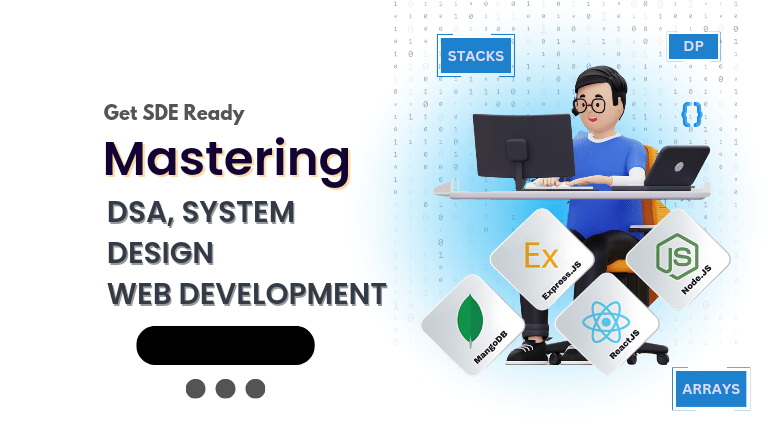
Fast-Track to Full Spectrum Software Engineering
- 120+ Live Classes & Recordings
- 24*7 Live Doubt Support
- 400+ DSA Practice Questions
- Comprehensive Notes
- HackerRank Tests & Quizzes
- 12+ live Projects & Deployments
- Case Studies
- Access to Global Peer Community
Buy for 51% OFF
₹35,000.00 ₹16,999.00
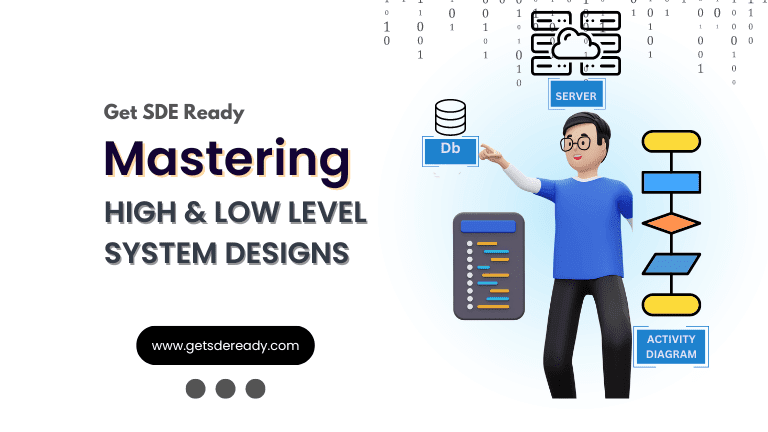
Low & High Level System Design
- 20+ Live Classes & Recordings
- 24*7 Live Doubt Support
- Case Studies
- Comprehensive Notes
- HackerRank Tests
- Topic-wise Quizzes
- Access to Global Peer Community
- Interview Prep Material
Buy for 60% OFF
₹20,000.00 ₹7,999.00
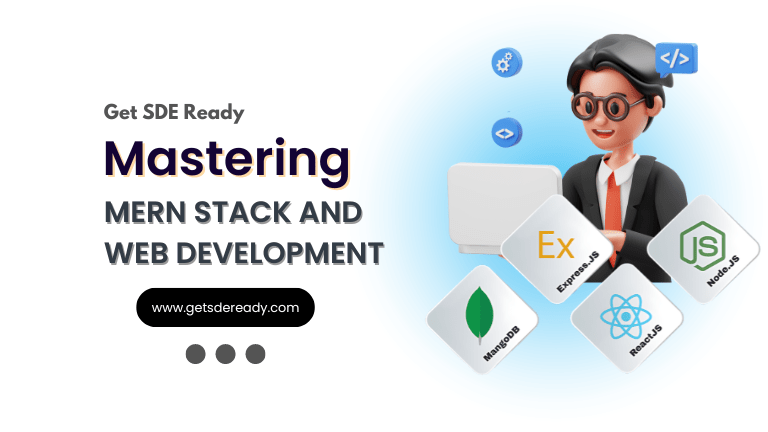
Mastering Mern Stack (WEB DEVELOPMENT)
- 65+ Live Classes & Recordings
- 24*7 Live Doubt Support
- 12+ Hands-on Live Projects & Deployments
- Comprehensive Notes & Quizzes
- Real-world Tools & Technologies
- Access to Global Peer Community
- Interview Prep Material
- Placement Assistance
Buy for 53% OFF
₹15,000.00 ₹6,999.00
Reach Out Now
If you have any queries, please fill out this form. We will surely reach out to you.
Contact Email
Reach us at the following email address.
arun@getsdeready.com
Phone Number
You can reach us by phone as well.
+91-97737 28034
Our Location
Rohini, Sector-3, Delhi-110085
